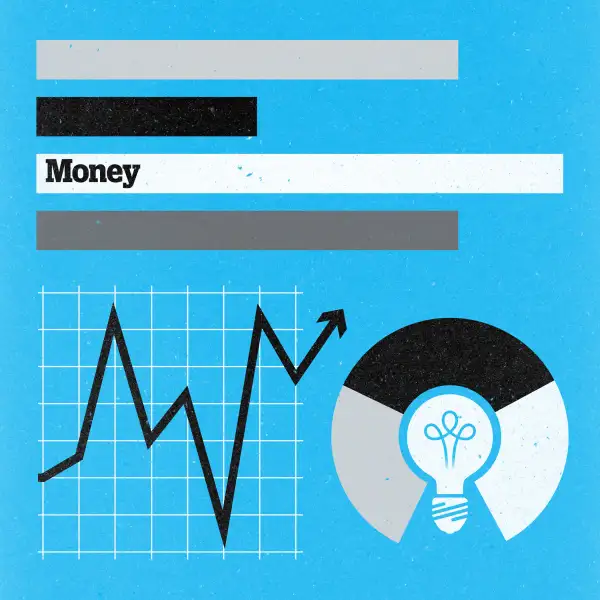The Key to Investing an Inheritance
Money is not a client of any investment adviser featured on this page. The information provided on this page is for educational purposes only and is not intended as investment advice. Money does not offer advisory services.

Q: How do I invest a $500,000 inheritance? I am 67 and seek to optimize my return to 5% while safeguarding the principle for my later years or beneficiaries. I already have some annuities that pay 5%. — Michael
A: There is something to be said for having a targeted return in mind. It’s that number – in your case 5% – that can help you find the best balance of risk and reward.
If you are going to base your portfolio on that number, however, you need to first make sure it corresponds with your needs. “The real question is ‘How much of this $500,000 do you anticipate needing?’” says Melinda Kibler, a certified financial planner with Palisades Hudson Financial Group in Fort Lauderdale, Fla.
In other words, your targeted return may be one number if you’re counting on the money to fund retirement, and quite a different number if you are investing for your heirs. “People like the idea of a guaranteed return, but there is more to it than that,” Kibler adds.
The answer will depend on a host of factors, including whether you are retired or still working, your expenses, and your other sources of income.
Assuming that you haven’t done so with other assets, start by carving off some of this money for short-term bond funds or cash that can be used to cover the gap between your expenses and the guaranteed income you receive from your annuities and other sources.
“We usually say to allocate five years of expenses to ultra-liquid investments,” says Kibler, who notes that this is in addition to your emergency fund. This way if the market goes sideways, she says, you won’t be forced to sell your other investments at the worst time possible.
Again, your allocation will depend on your circumstances and your tolerance for risk, but a typical starting point for someone your age, says Kibler, is 50% stocks and 50% bonds. Because you have an annuity that provides a steady source of retirement income, you might be able to increase your exposure to stocks to 60% or more of your portfolio.
Within stocks, you’ll want exposure to mutual funds or exchange-traded funds that invest in a diverse collection of holdings. That should include U.S. blue chip stocks (as a broad guideline, shoot for around 40% of your overall equity allocation), U.S. small-company stocks (10% of your equity portfolio), international equities (35%), as well as natural resources (7.5%) and real estate (7.5%).
In addition to thinking about where to invest, also think about how you should invest.
For many investors, the question is whether to invest via active fund managers — who make subjective decisions about buying and selling stocks — or invest in low-cost passively managed funds that simply track a broad-market index or follow set criteria for buying and selling.
Kibler recommends getting exposure to large blue-chip U.S. stocks via a low-cost index fund, such as one that tracks the Standard & Poor’s 500. When it comes to international investing, particularly in Asian markets, she is a fan of a more active approach. “We like managers who know their areas,” she says.
Given that bond rates are so low — and bond prices have been appreciating for more than three decades — many advisors, including Kibler, recommend sticking with shorter-term, high-quality bonds on the fixed income side of your portfolio. Note: Your fixed-income allocation includes what you set aside to for expenses above and beyond guaranteed sources of income.
What about simply buying another annuity?
Remember that annuity payouts are based in part on your age but also current market interest rates, which remain near record lows. “We think it’s more beneficial to invest in the market than to get into an annuity right now,” she says. “You’ll just pay high fees to lock in a low rate of return.”